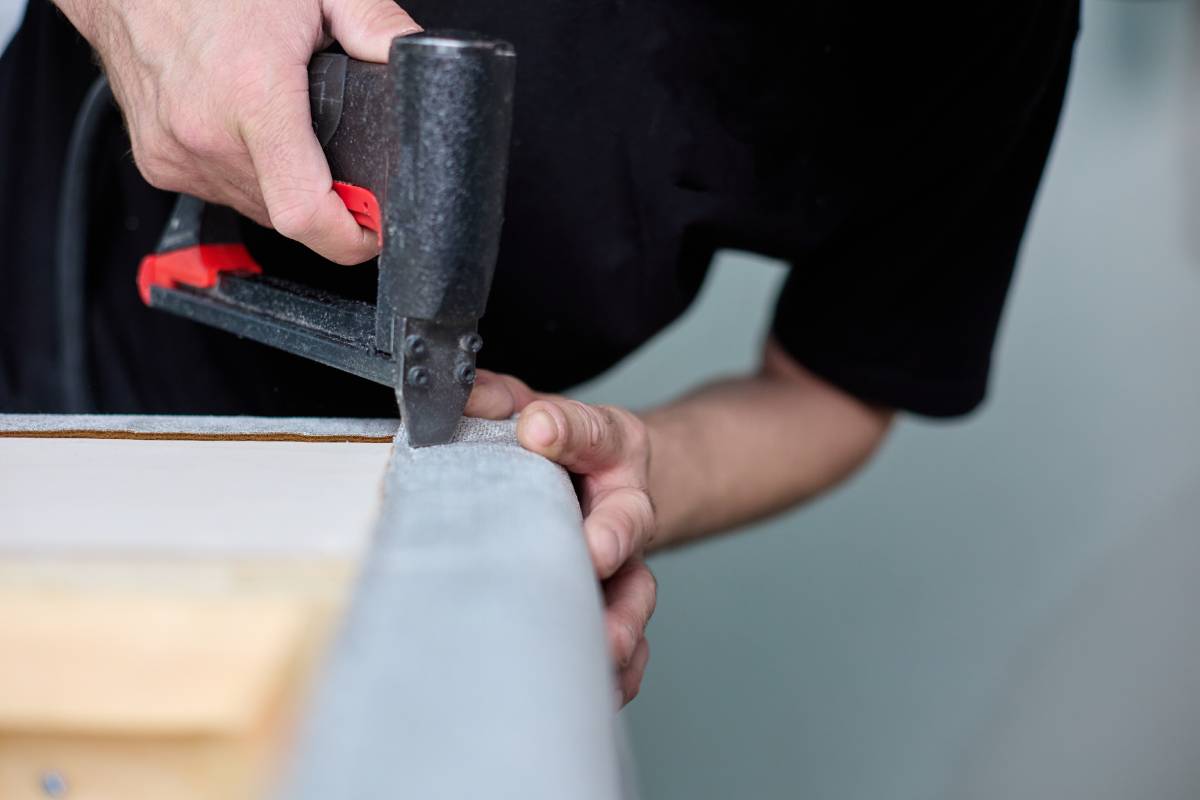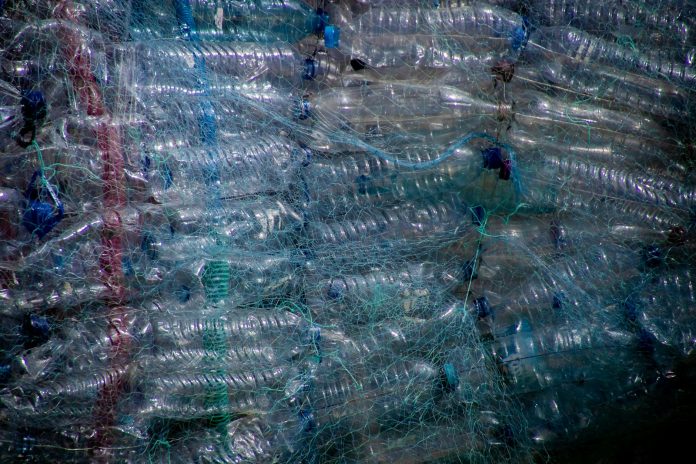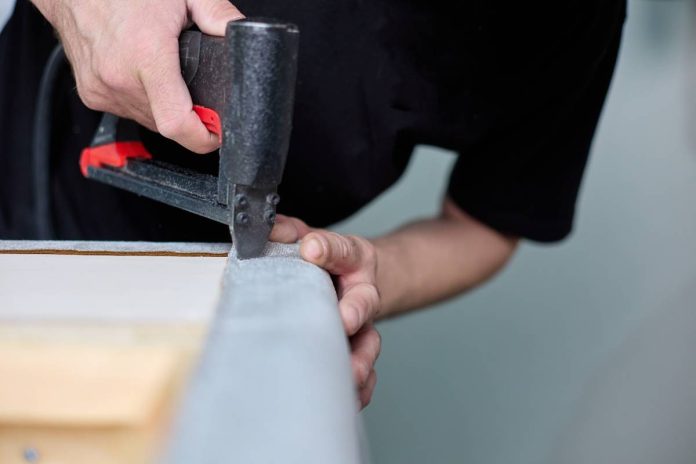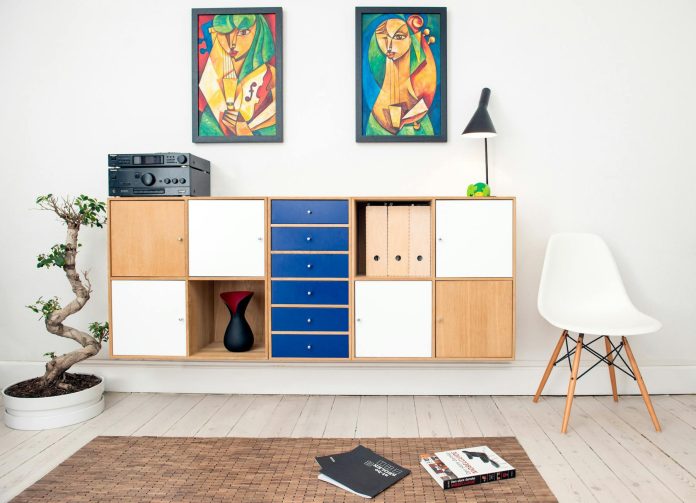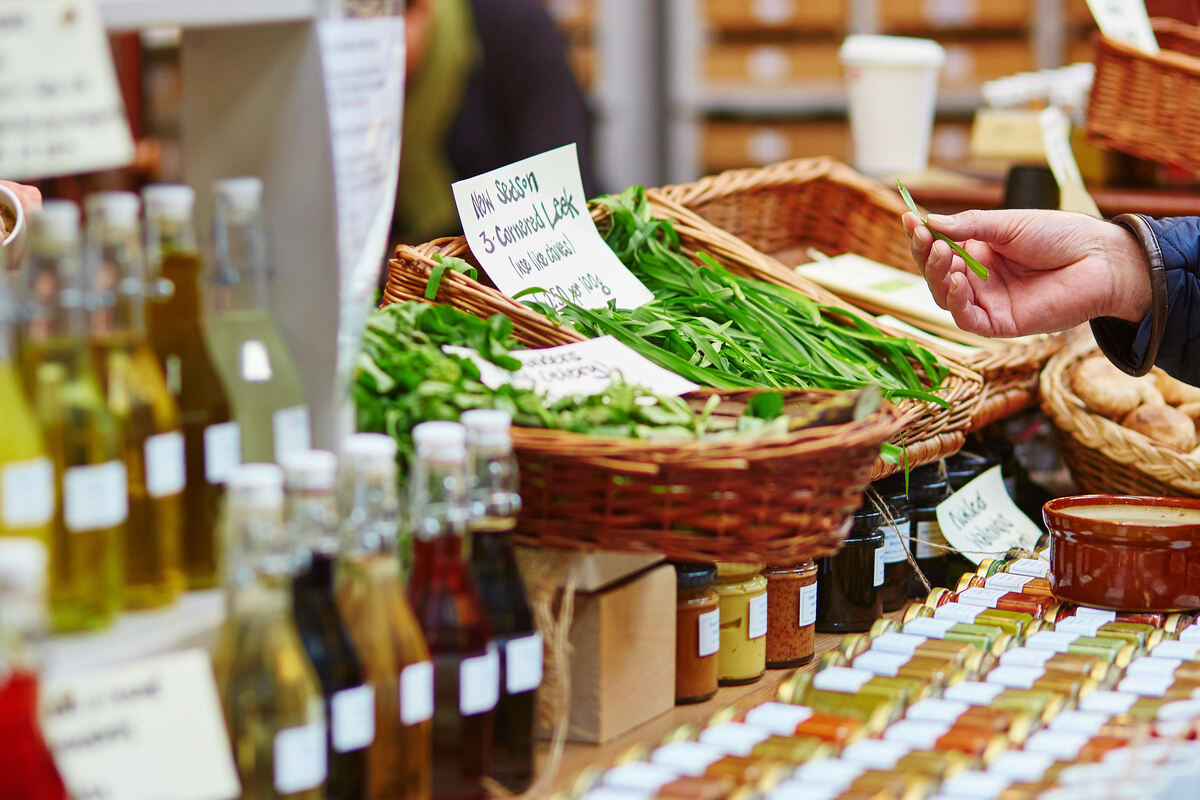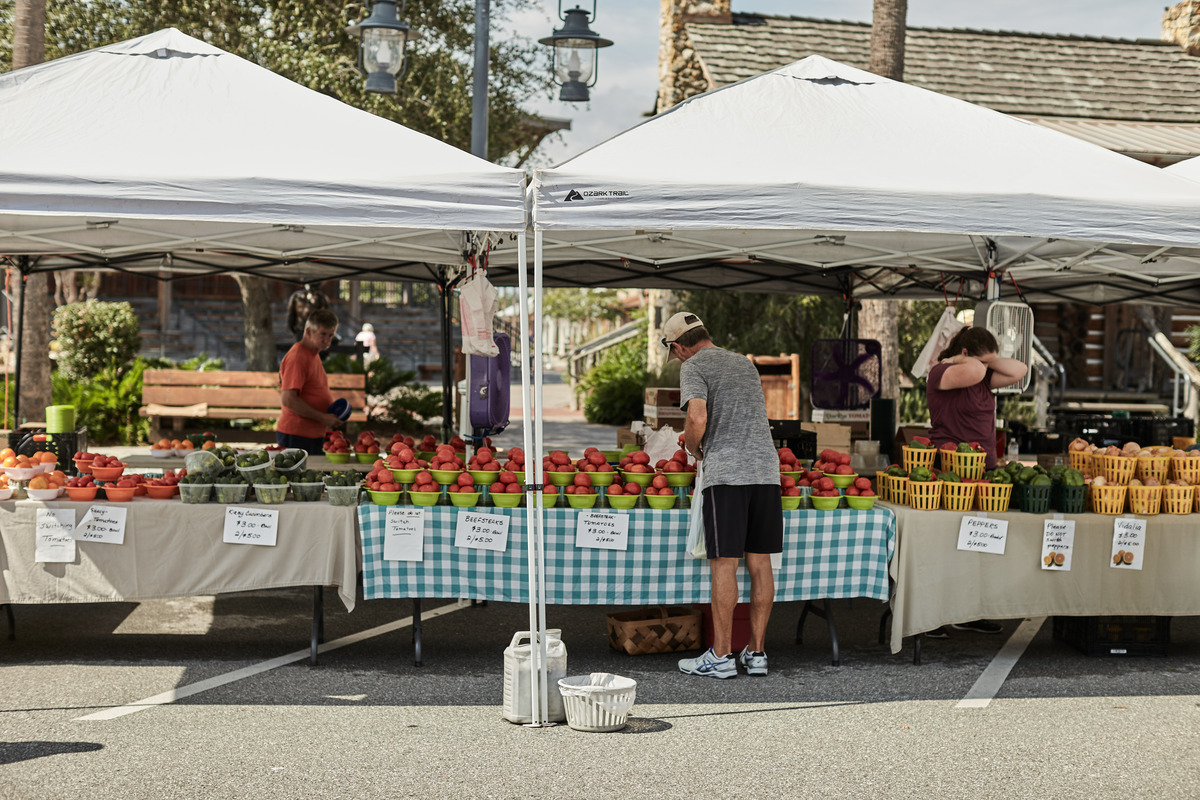Upcycling furniture is one of the best ways to renovate your space sustainably. Repurposing older pieces reduces waste, saves money, and adds unique, personal touches to your decor.
Here, we’ll walk you through some practical, eco-friendly DIY renovation tips for upcycling furniture to help you transform old furniture into refreshed pieces.
Upcycling creative is a fantastic way to give your home a fresh look without adding to environmental impact.
1. Choose Durable and Natural Materials
Pick materials that last and come from natural resources when upcycling. Wood, metal, and natural fabrics, such as cotton or linen, work well for this. Materials wear well over time and maintain their quality, making them ideal for furniture that will see frequent use.
Avoid synthetic materials such as plastic or vinyl. They crack or fade faster than natural materials and are less environmentally friendly. You can also choose fabric designs that match your style and transform your interior design sustainably.
2. Use an Upholstery Staple Gun for Reupholstering
Reupholstering is one of the quickest ways to give an old piece of furniture new life. Therefore, an upholstery staple gun is your best friend. It makes the job fast and secure, helping you attach fabric firmly to the furniture base without a struggle. Choose the right staples based on your fabric and frame thickness when you reupholster.
Heavy-duty staples work well for thicker materials, while lighter fabrics require smaller staples to avoid tearing. Tacks and fabric staples have their pros and cons but are generally best for thinner material. A staple gun ensures a tight hold, giving your new upholstery a neat, professional finish for everyday use.
3. Sand and Refinish Old Surfaces
A quick sanding session can transform dull or scratched furniture surfaces. Sand down any rough areas, faded paint, or minor blemishes to prepare the piece for a fresh coat of paint or finish. Opt for eco-friendly, low-VOC paints and sealants to minimize harmful emissions.
A natural wood stain adds a beautiful finish and emphasizes the wood grain of wooden furniture. Refinishing makes furniture look new and brings out its natural charm, whether it’s an old dresser, a coffee table, or kitchen cabinets.
4. Add Unique Hardware or Decorative Details
Updating your furniture’s hardware is a small change that creates a big impact. Swap out old handles, knobs, and hinges for something fresh and unique. Vintage or reclaimed hardware adds character to any piece, instantly updating the look.
You can also add stenciled patterns, painted designs, or decals for an artistic flair. Decorative details bring personality to upcycled furniture, making each item one-of-a-kind. Small changes make old furniture pieces look like custom creations. Consider updating a dresser with new handles or stenciling on a table.
5. Incorporate Reclaimed Wood and Materials
Reclaimed wood and recycled materials bring any furniture project a rustic, eco-friendly charm. Using reclaimed wood from pallets, old doors, or other discarded sources reduces the need for new wood and helps conserve natural resources. You can craft reclaimed wood into new shelves, tabletops, or legs for existing furniture.
Upcycling furniture is a wonderful way to enhance your home’s style sustainably. Following eco-friendly DIY renovation tips for upcycling furniture helps you bring old furniture back to life through reupholstering, refinishing, or reclaimed materials.

